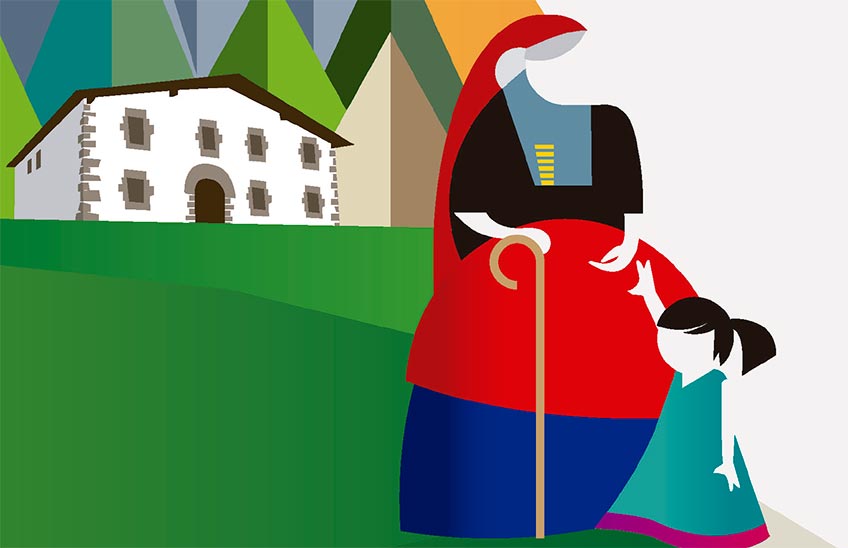Where does my name come from? The University publishes a didactic guide about onomastics in the Autonomous Community of Navarre aimed at schoolchildren.
The work can be found at available in open access for free download, at Spanish and in Basque, on the website of the Chair de language y Cultura Vasca and will be published in hard copy in the near future.

PhotoCedit/Bookcover image
27 | 05 | 2022
The Chair of language and Basque Culture of the School of Philosophy and Letters of the University of Navarra has published the didacticguide "De Engracia a Garazi. The mystery of names in Navarre". Aimed at students of Education Primary and Secondary, it seeks to bring young people closer to the onomastics of Navarre, as an important part of its intangible cultural heritage. The work is an adaptation of the contents of the book "De Engracia a Garazi. The mystery of names in Navarre", by the University lecturer Ana Zabalza.
Drawing up a map of a village and assigning a name to each house according to its status, tracing the family tree or discovering the evolution of the patterns of assigning names over time are some of the activities proposed by this guide. Thus, schoolchildren will be able to discover the origin of their first names, their family houses or their surnames.
"The study of names can be approached from different fields: language and History, Natural and Social Sciences, or even Art. Onomastics has a specific place in area Geography and History in the official curriculum of 2nd ESO and in language Spanish and Literature in 3rd ESO. The contents of this guide can be adapted to the age of the students and bring them closer to different aspects related to the subject", explains the teacher Ana Zabalza. "With this work we want young people, both from Navarre and from other communities or countries, to discover the meaning of their own names and surnames, explore their family history and strengthen links with different generations", she adds.
The didactic unit can be found at available in open access, for free download, at Spanish and in Basque, on the website Chair.
It will soon be published in printed format.




